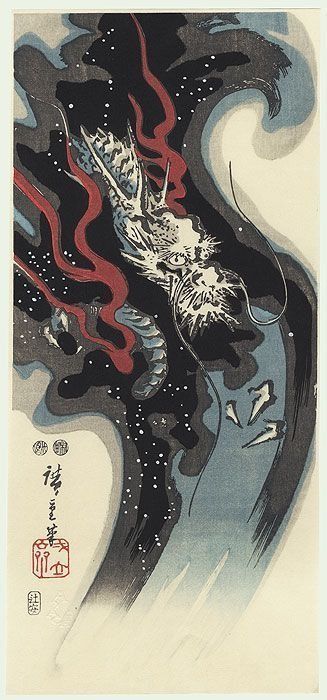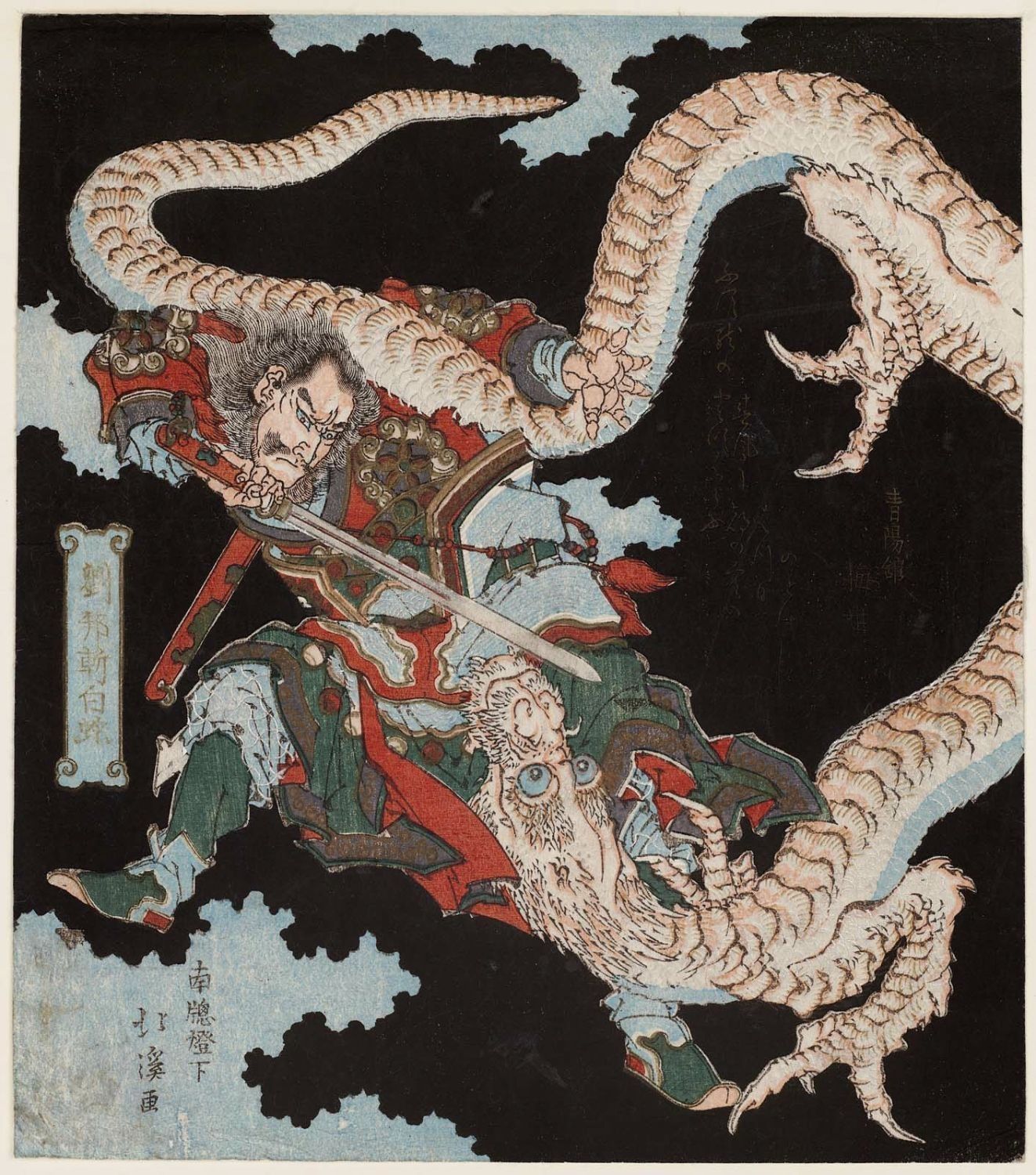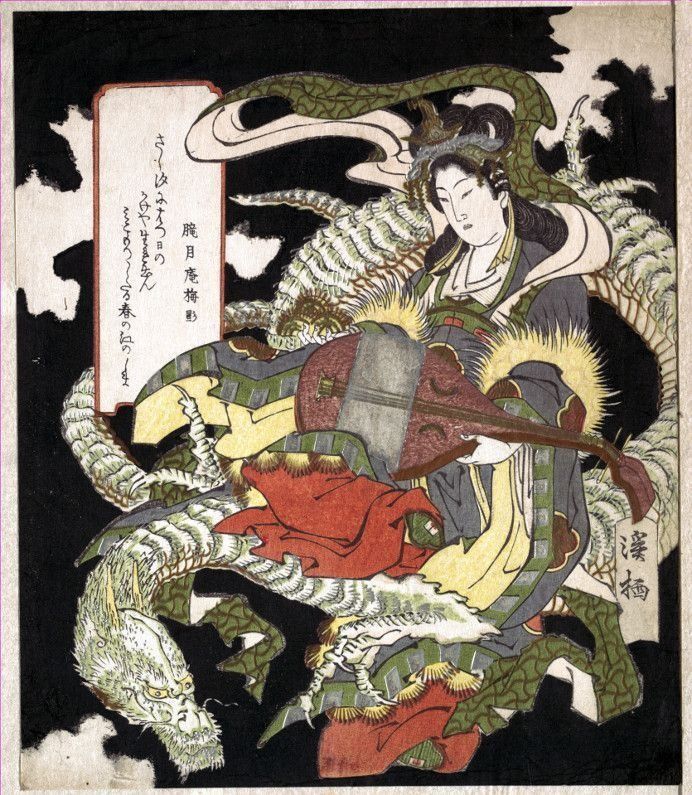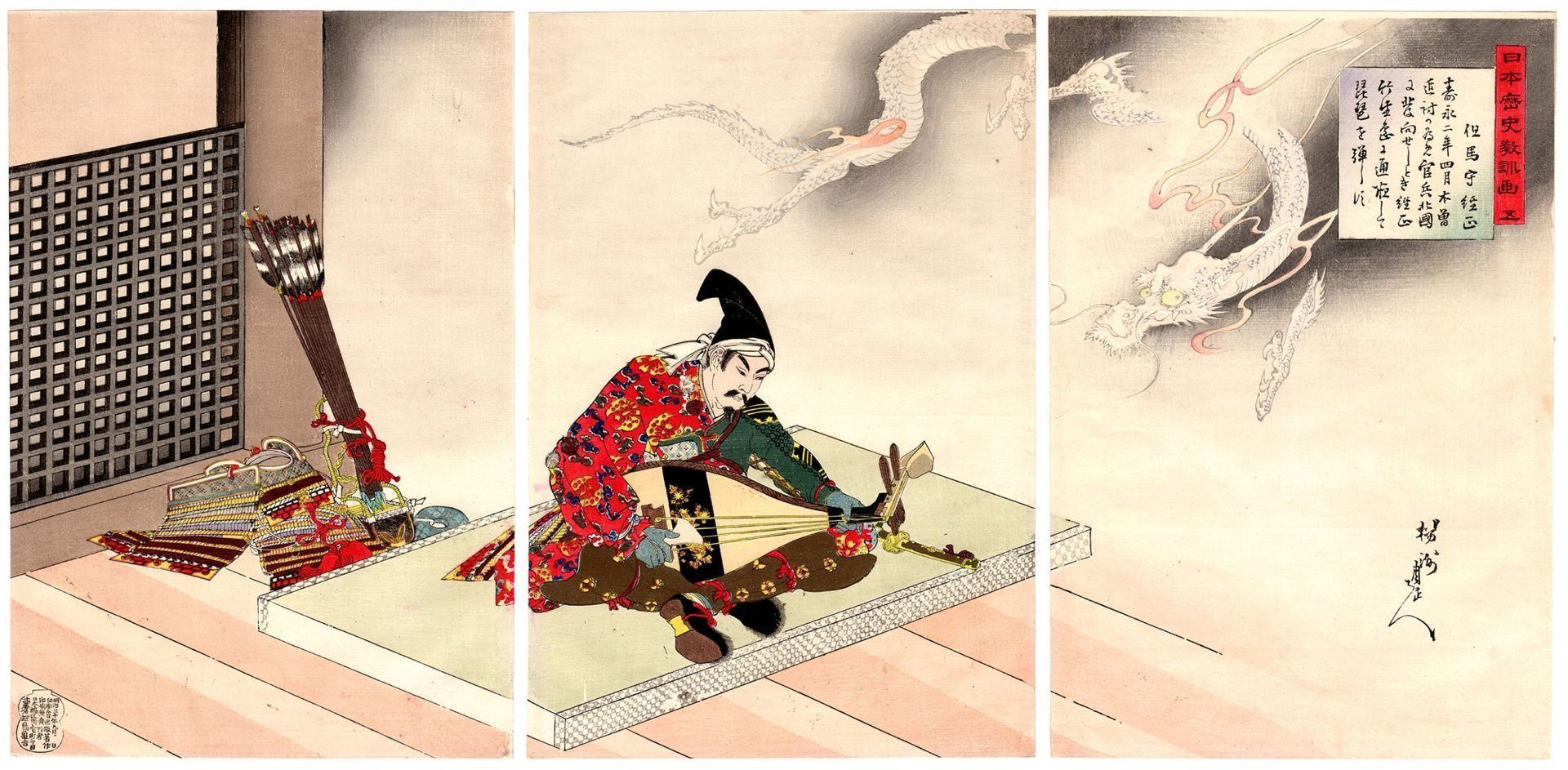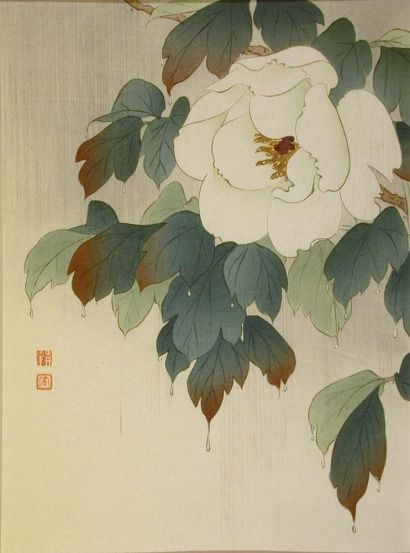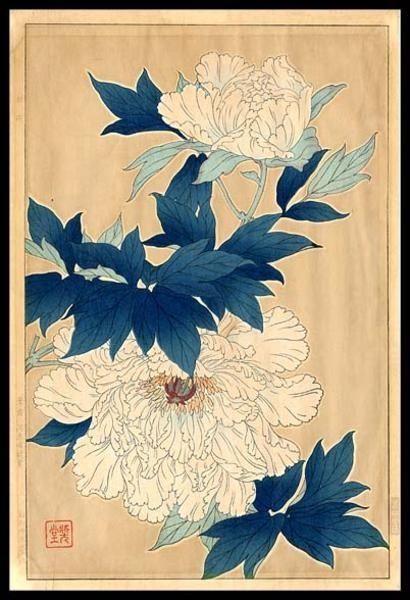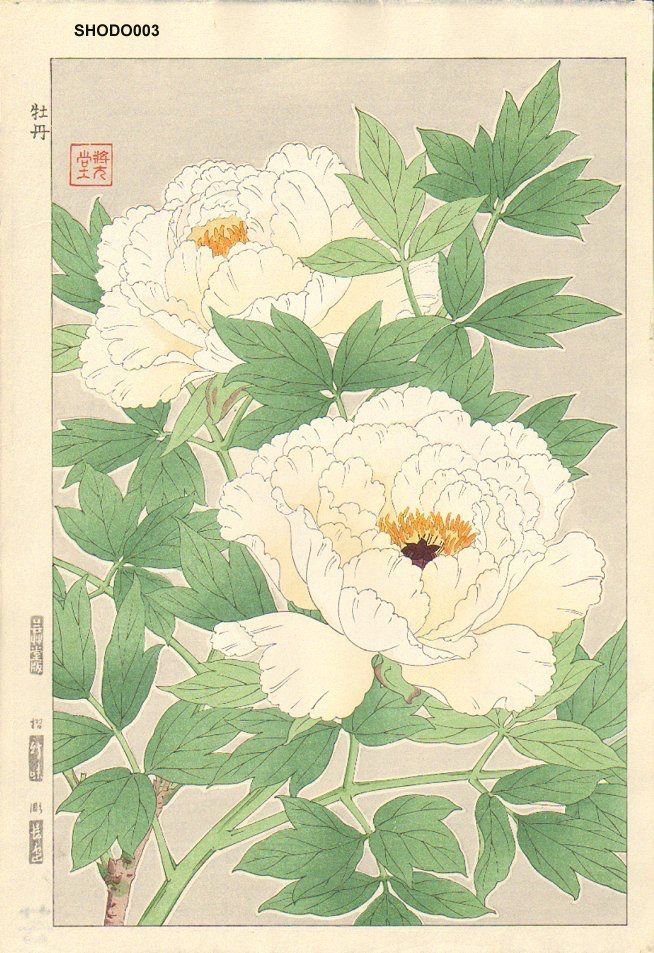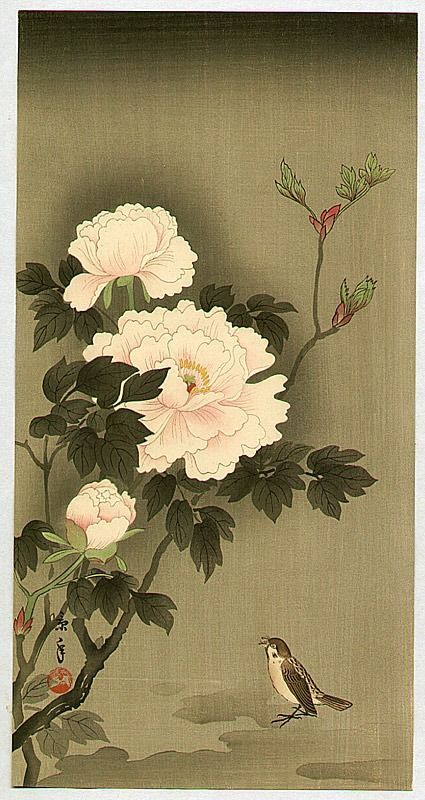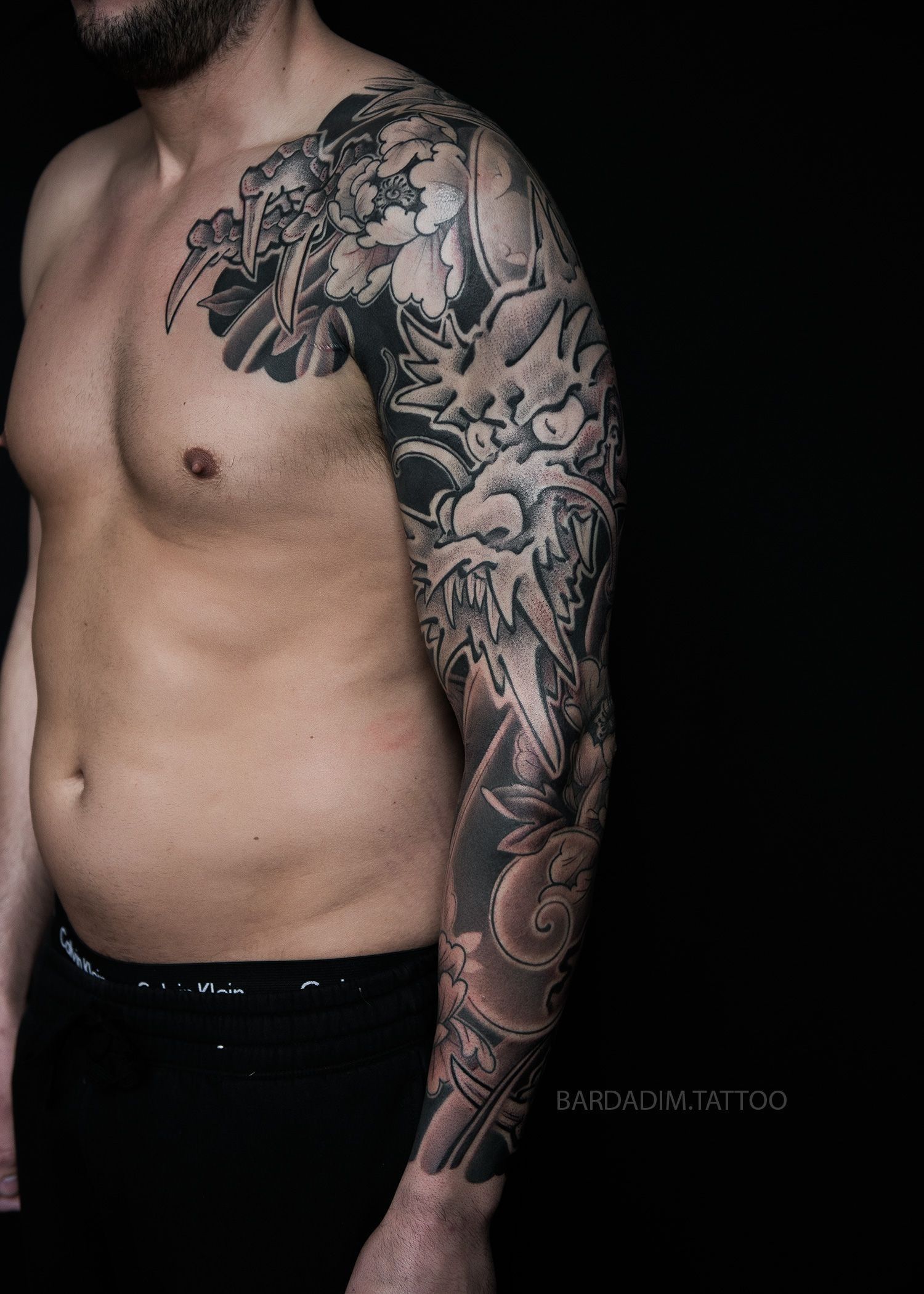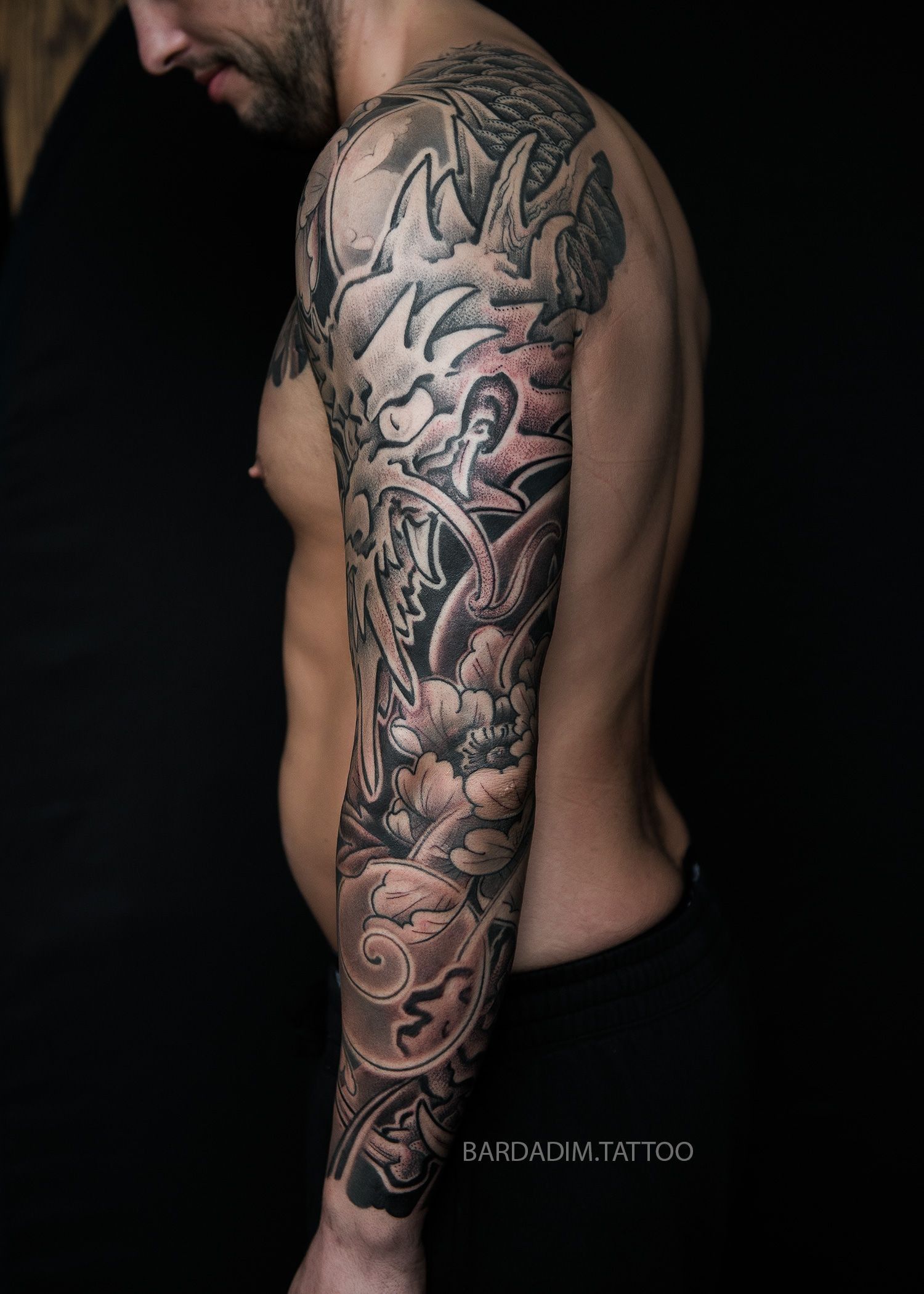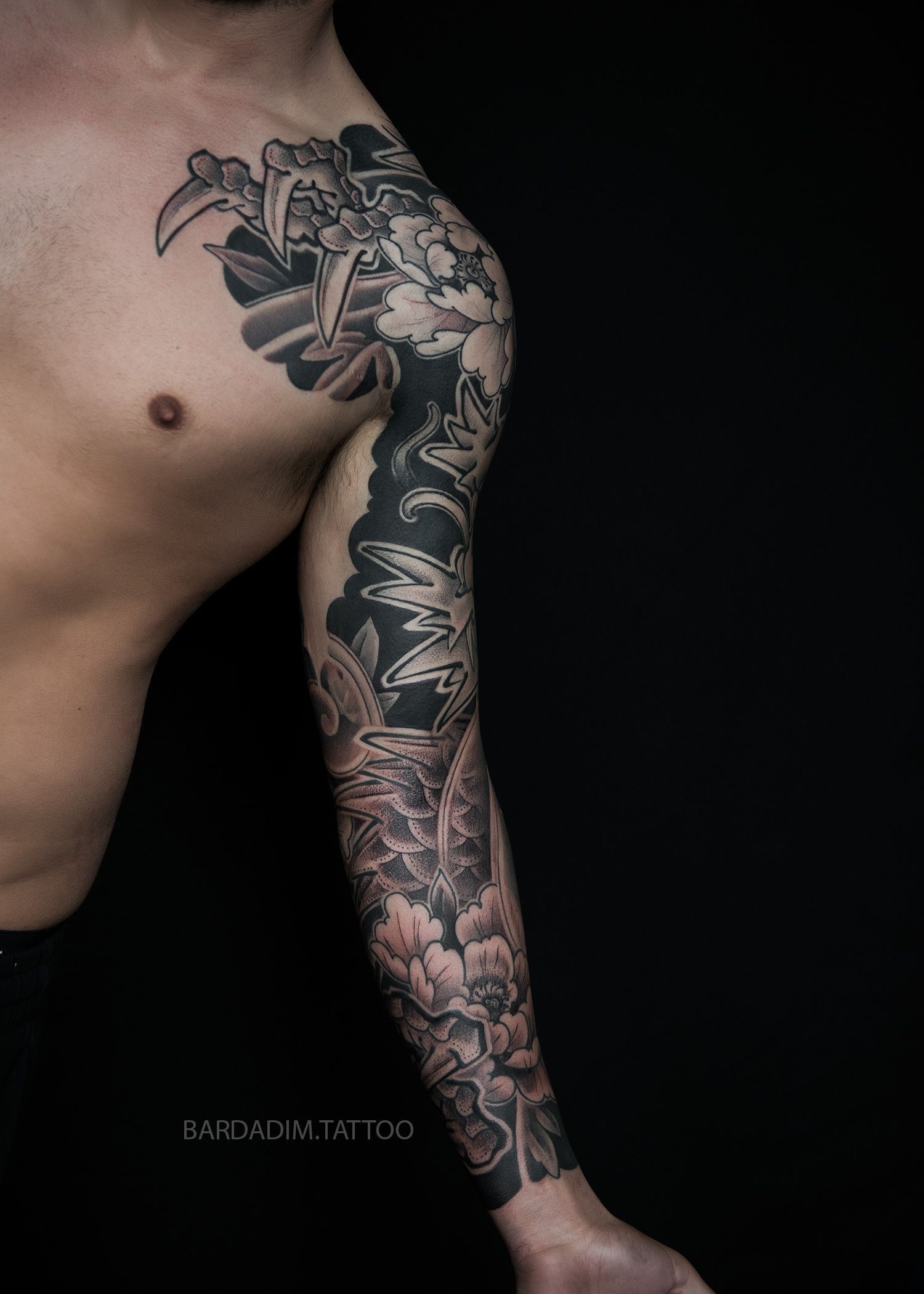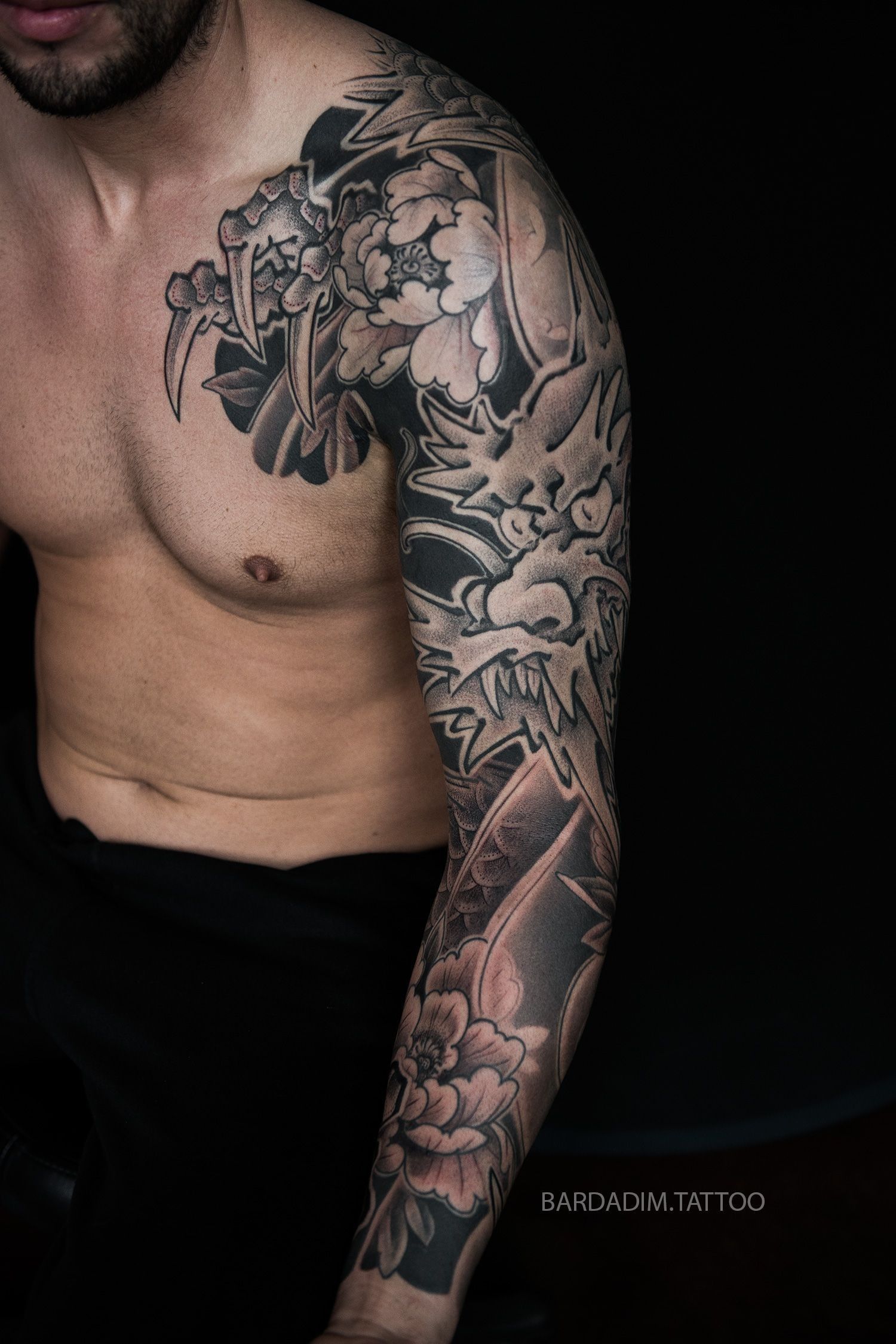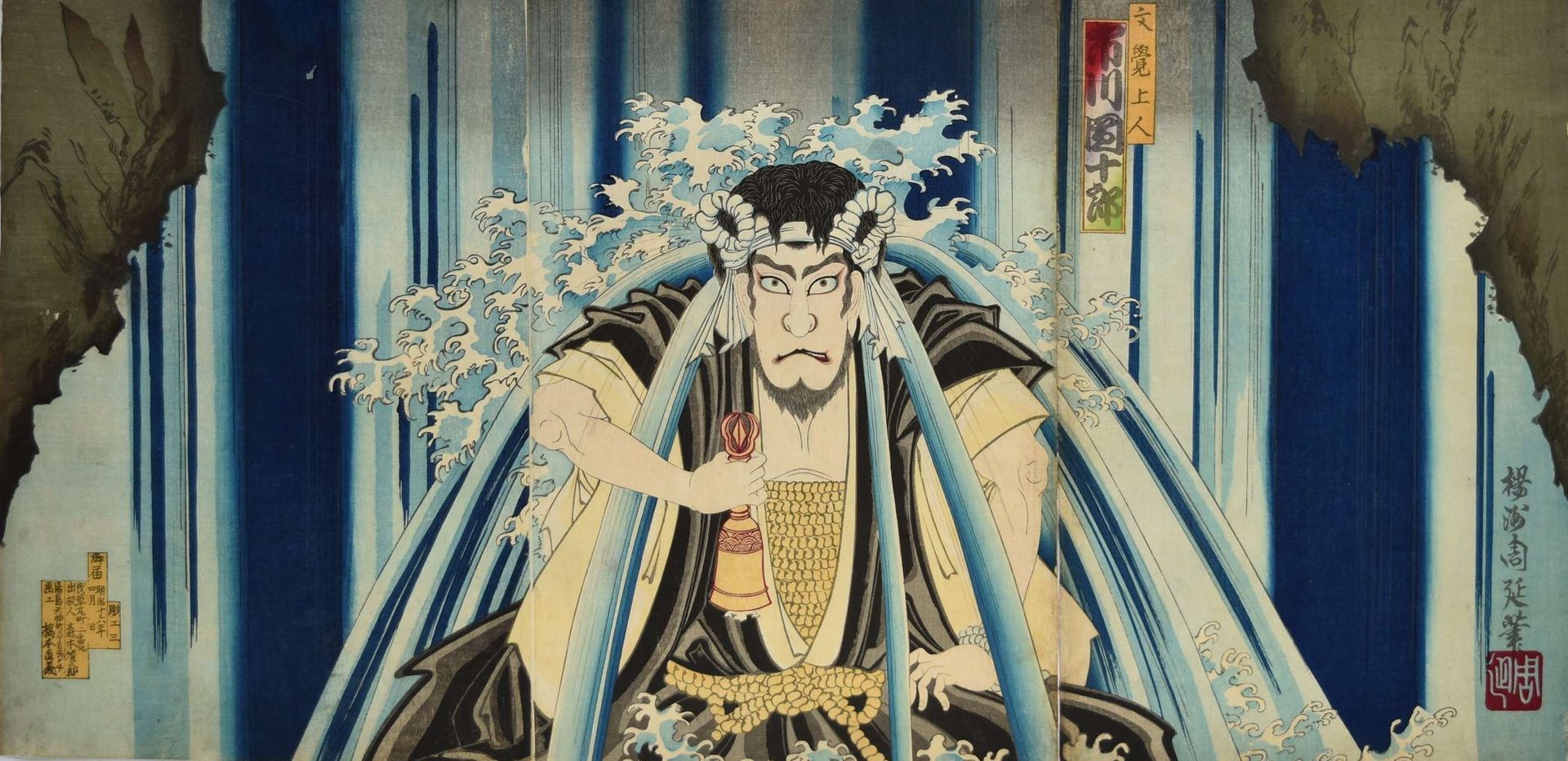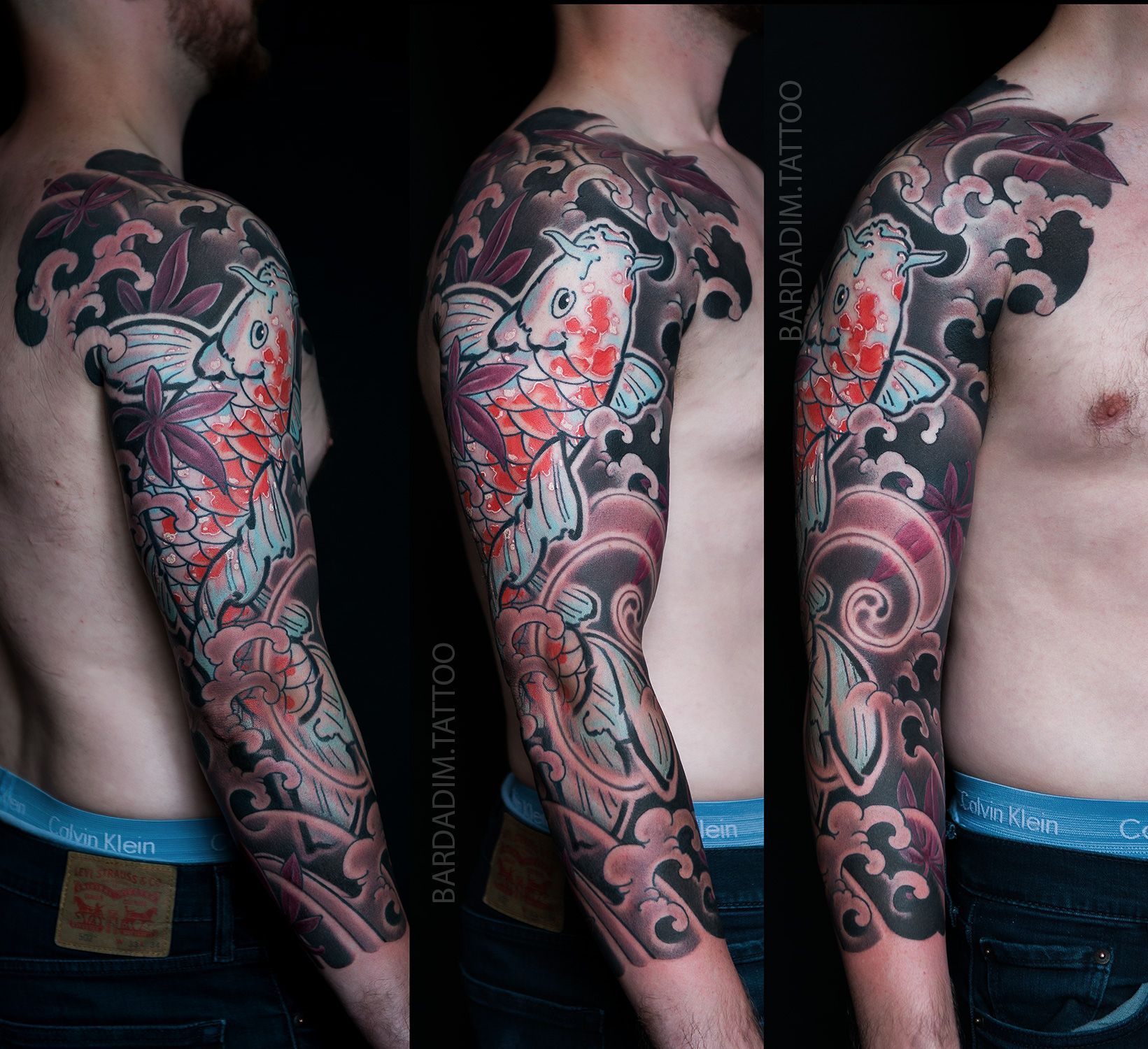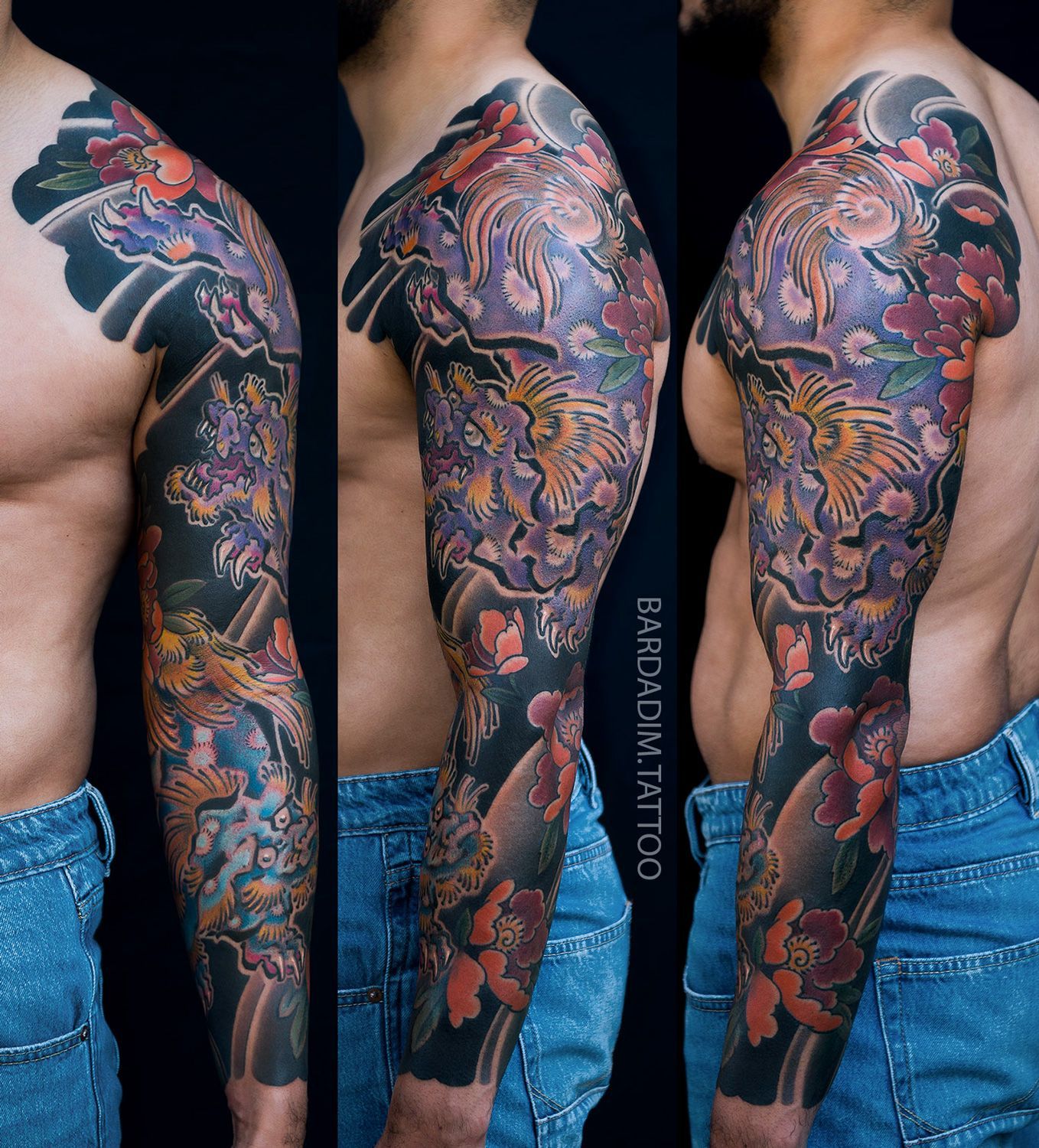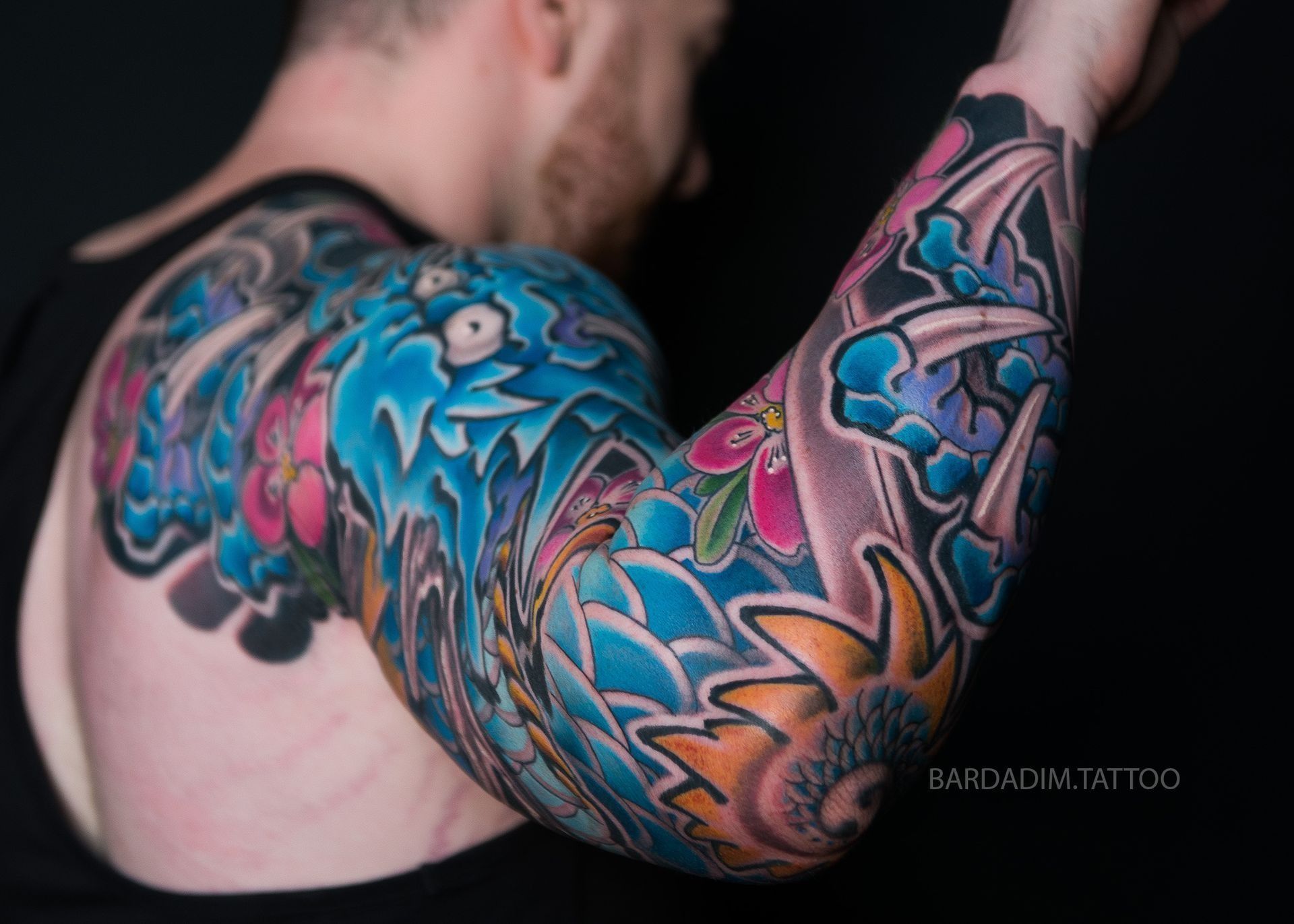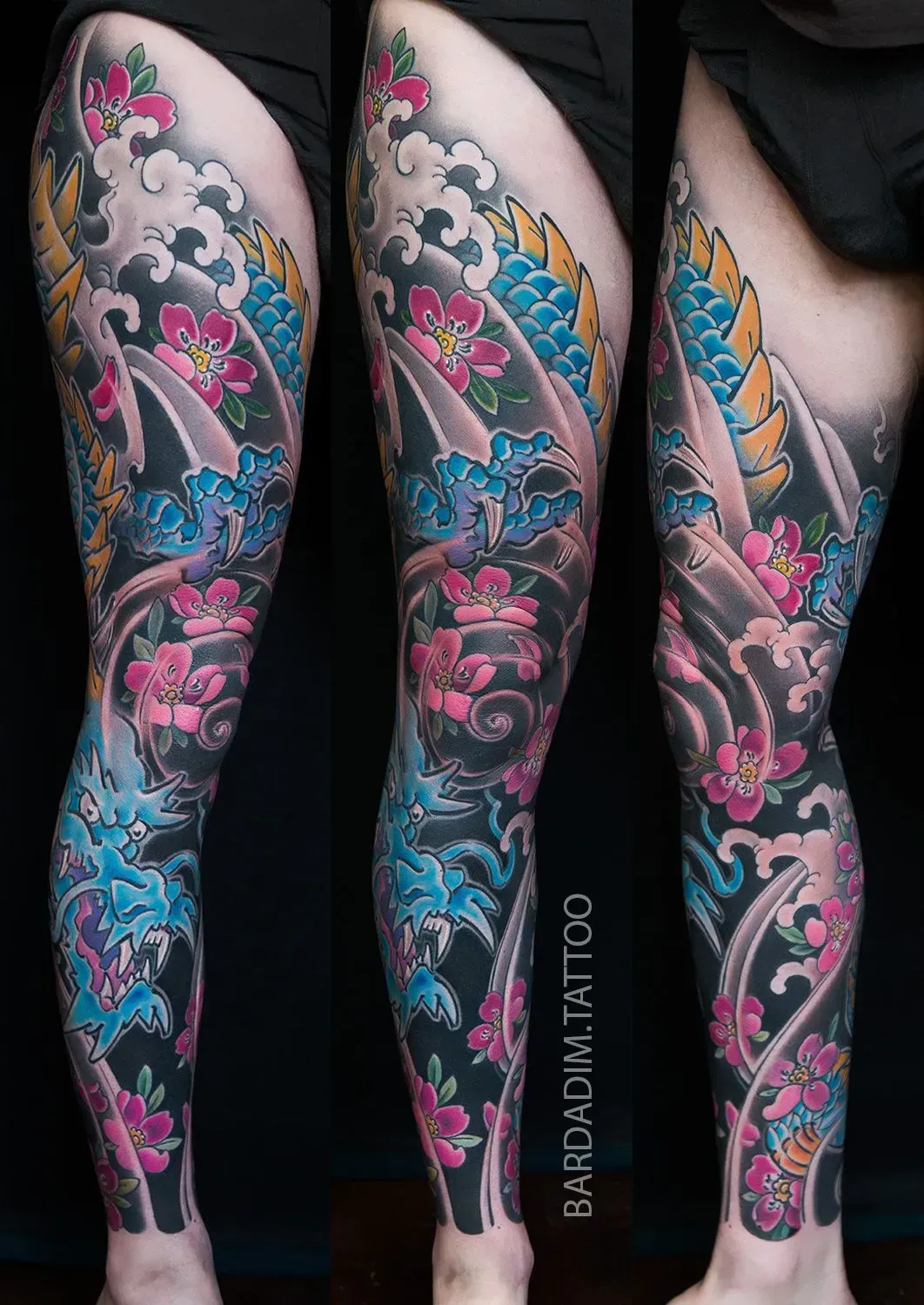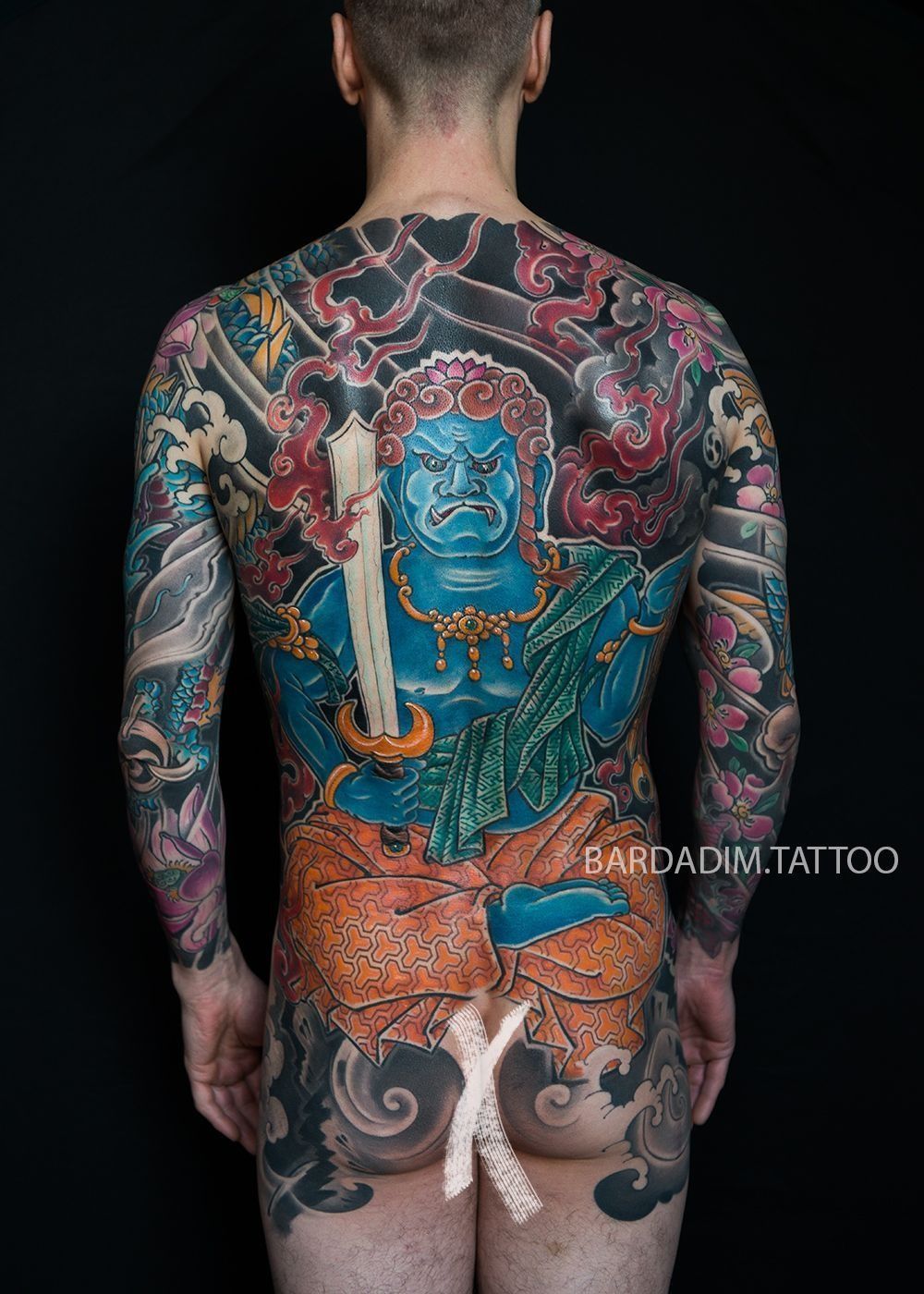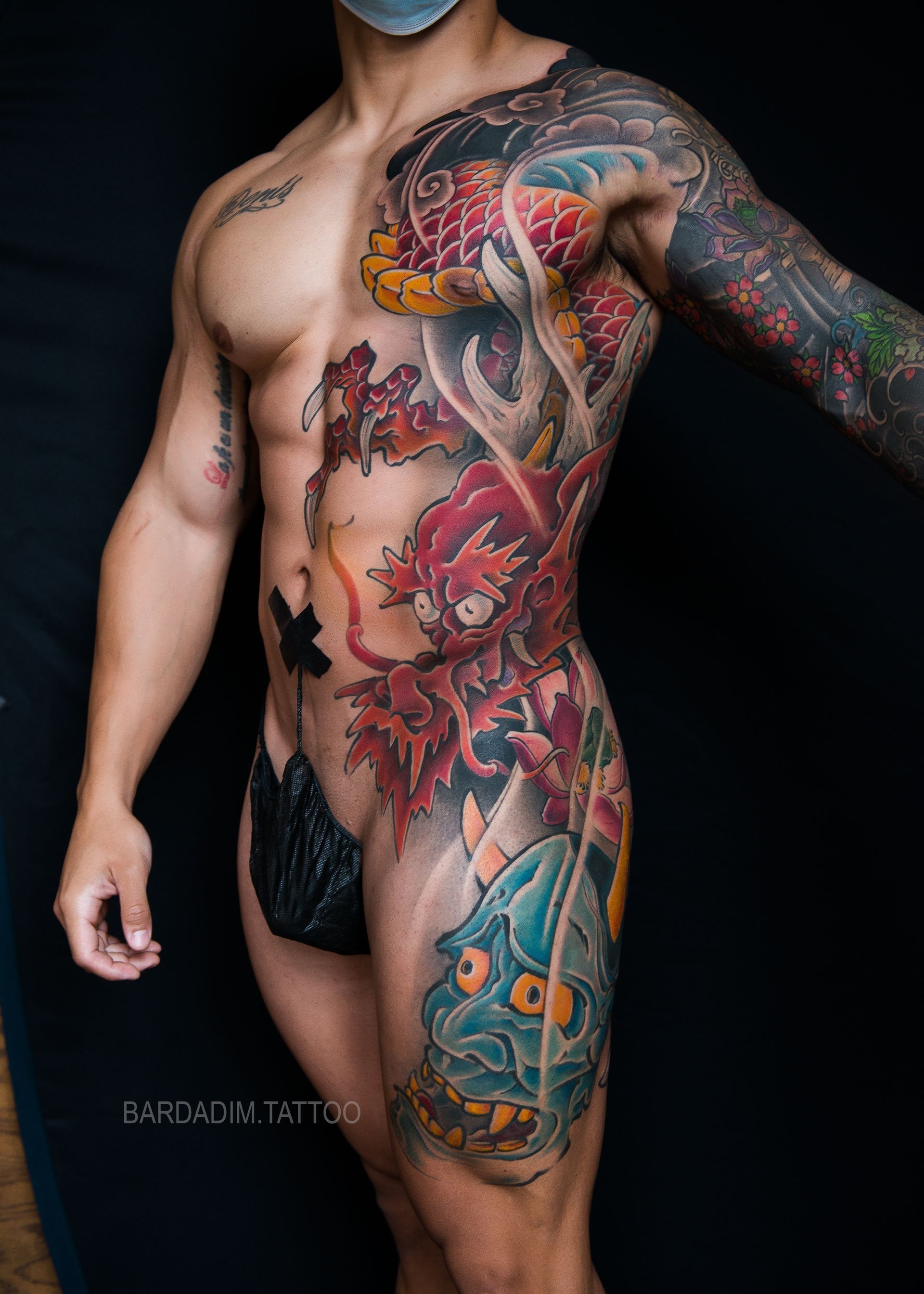White Dragon
The White Dragon and Peony Flowers in Irezumi Tattoos and Everyday Culture
In the realm of Japanese art, the fusion of tradition, folklore, and everyday life gives rise to captivating symbols that resonate deeply within the cultural tapestry. One such enchanting motif is the pairing of the white dragon and peony flowers, evoking rich symbolism and profound meaning.
The White Dragon: Herald of Wisdom and Transformation
In Japanese mythology, the dragon, when depicted in white, embodies qualities of wisdom, purity, and divine guidance. Unlike the red dragon's fiery energy, the white dragon exudes a sense of serenity and clarity. It symbolizes the journey of inner transformation and spiritual awakening, guiding the bearer towards enlightenment and self-realization. Through its graceful presence and ethereal aura, the white dragon signifies the balance between strength and tranquility.
Dragon in a Cloud
By Hiroshige 1797 - 1858 Japanese Woodblock Print
Liu Bang Kills the White Dragon Ghost
Artist:Totoya Hokkei
Title:Liu Bang Kills the White Serpent
Date:Japanese, Edo period
Benzaiten Seated on a White Dragon
Print by Aoigaoka Keisei
White Dragon
Utagawa Yoshitsuya 歌川芳艶 (fl. 1822-1826). The White Dragon Ascends to Heaven at the Koromo River during the Battle of Takadachi in the Third Year of the Bunji Era (1187)
TSUNEMASA AND THE WHITE DRAGON
Print by Toyohara Chikanobu
Peony Flowers: Blossoms of Prosperity and Grace
In Japanese culture, the peony flower holds a special place as a symbol of prosperity, honor, and beauty. Renowned for its lush petals and captivating fragrance, the peony represents wealth, success, and good fortune. In Ukiyo-e art, peonies are often depicted as a motif of elegance and grace, embodying the fleeting nature of life and the beauty found in impermanence. These exquisite flowers serve as a reminder to treasure the present moment and embrace the cycle of growth and change.
Cultural Heritage and Artistic Splendor
The fusion of the white dragon and peony flowers in an Irezumi tattoo transcends mere aesthetics, weaving together a narrative that speaks to the essence of Japanese tradition and folklore. This captivating design not only pays homage to the country's rich artistic heritage but also invites contemplation on the delicate interplay between strength and beauty, wisdom and prosperity. The tattoo wearer becomes a living canvas, carrying with them the timeless essence of these revered symbols.
White Dragon and Peony Flowers.
Tattoo Sleeve by George Bardadim.
White Dragon and Peony Flowers.
Tattoo Sleeve by George Bardadim.
White Dragon and Peony Flowers.
Tattoo Sleeve by George Bardadim.
White Dragon and Peony Flowers.
Tattoo Sleeve by George Bardadim.
Color Symbolism
F.A.Q.
From the intricate brushstrokes of Ukiyo-e prints to the vibrant blooms adorning everyday life, the white dragon and peony flowers serve as anchors of profound meaning in Japanese culture. Through these enduring symbols, we are reminded of the boundless potential for growth, transformation, and spiritual evolution that exists within us all.
Embrace the timeless allure of Japanese artistry and cultural symbolism, where the white dragon and peony flowers intertwine in an elegant dance of myth and reality, transcending boundaries and inviting us to explore the depths of our own inner landscapes.
from The Symbolic Way
“Symbols speak where words fall silent.”


